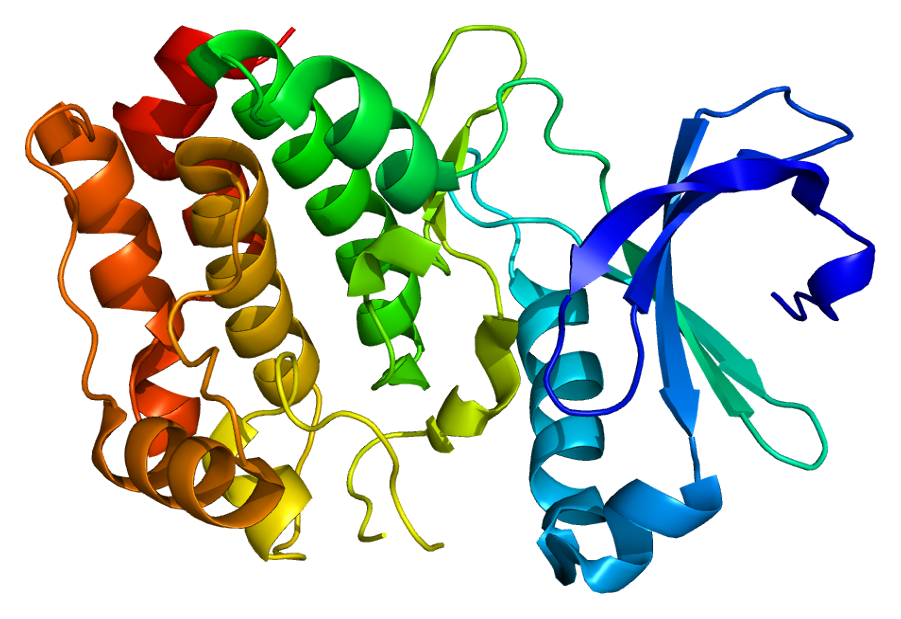Although a fraction of AKIs have been produced, cell toxicity and other challenges should be taken into account because, sadly, no AKI has yet been demonstrated to be safe for use on patients in a clinical setting. To lessen toxicity, AKIs that effectively and specifically target cancer cells but spare healthy cells have to be created in the future.
According to recent research, an AURKB inhibitor may be made into a nanoparticle called accurin to lessen its adverse effects and boost its effectiveness in mice tumor xenograft models. This finding may point the way toward a new avenue for the development of AKIs.

Intriguingly, growing research has shown that Aurora kinases are likely to confer radio- and chemo-resistance to cancer cells. AURKA was shown to be overexpressed in NSCLC and linked to the resistance to cisplatin-based treatment, according to recent studies. Regularly, tamoxifen resistance and a bad prognosis in breast cancer are also brought on by AURKB overexpression.
Furthermore, through phosphorylating surviving, it has been demonstrated that AURKB gave cancer cells with resistance to tumor necrosis factor-related apoptosis-inducing ligand (TRAIL)-induced apoptosis. Together, Aurora kinases may develop into new cancer prognostic indicators, and at the same time, inhibition of Aurora kinases may help existing drugs overcome drug resistance or perhaps strengthen their anti-tumor effects. Thus, the focus of our discussion in this article is on the most recent developments in the use of AKIs in conjunction with other cancer target therapies.
Tyrosine kinase inhibitors (TKIs) significantly improved the course of CML, but they are ineffective for treating patients with BCR-ABL mutations. In particular, the T315I BCR-ABL mutation is resistant to the second-generation TKIs nilotinib and dasatinib, which can inhibit the majority of BCR-ABL mutations.
AURKA inhibition, it should be noted, sensitized mutant BCR-ABL cells to both generation TKIs, including T315I mutant CML cells. Moreover, different research demonstrated that simultaneous suppression of BCR-ABL and AURKB might reduce proliferation and trigger apoptosis in mutant BCR-ABL cells.
First, AURKA activated the SMAD5 oncogenic signaling pathway and decreased the expression of the estrogen receptor (ER), causing estrogen resistance in ER+ breast tumors, which was reversed by the combination of tamoxifen and MLN8237.
Additionally, inhibiting AURKB with AZD1152 prevented estrogen-resistant breast cancer cells from proliferating, which also provides insight into how to treat this kind of cancer.
AURKA has been implicated in the development of platinum resistance, and treatment with either VX-680 or MLN8237 restored platinum sensitivity in cancer cells and reduced their capacity to migrate. The transcriptional activity of both AURKA and AURKB may also be inhibited by daurinol, a new topoisomerase inhibitor, which improved the radiosensitivity of tumor cells in vivo and in vitro.
Through the downregulation of c-Myc, sequential AURKB inhibition with AZD1152 synergistically improved the inhibitory impact of cisplatin in cisplatin-resistant ovarian cancer. AURKA inhibitors PHA680632 and MLN8237, AURKB inhibitor AZD1152, and p53-deficient cancer cells, atypical teratoid/rhabdoid tumors, and androgen-resistant prostate cancer, respectively, all improved tumor response to radiation.
Brain derived neurotrophic factor (BDNF) overexpression was linked to cisplatin-resistant neuroblastoma (NB). Combination treatment with the Aurora kinases inhibitor PHA-680632 decreased BDNF 5'UTR exons 1, 2c, and 4 transcriptions, which enhanced the lethal effects of cisplatin in NB cells. Additionally, in cetucimab-resistant SCCHN, a combination of pan-AKIs R763 and EGFR antibody cetuximab activated cell cycle checkpoint and triggered apoptosis.
Aurora kinases are thought of as indicators of chemotherapy response and prognosis due to their role in the resistance to conventional cancer therapies. Combining AKIs with conventional treatments like radiation and chemotherapy may be an effective way to prevent the growth of tumors and provide cancer patients a fresh approach to treatment.
